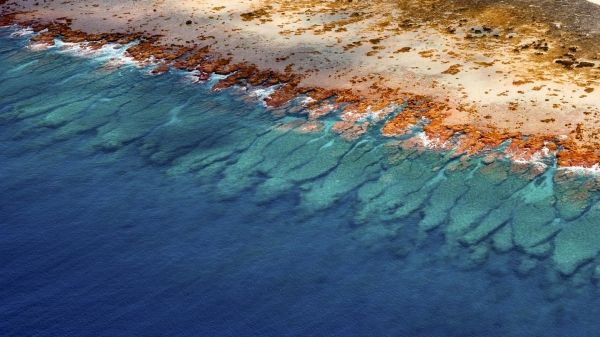A study from scientists at the Khaled bin Sultan Living Oceans Foundation and the University of Miami (UM) Rosenstiel School of Marine and Atmospheric Science offers a new way to accurately map coral reefs using a combination of Earth-orbiting satellites and field observations. This first-ever global coral reef atlas contains maps of over 65,000 square kilometers (25,097 square miles) of coral reefs and surrounding habitats.
The maps, published today in the journal Coral Reefs, are the result of a 10-year Global Reef Expedition by scientists for the Khaled bin Sultan Living Oceans Foundation. The expedition traveled to over 1,000 remote coral reefs in 15 countries, mapping and surveying the reefs down to a one-square meter scale to better understand their health and resiliency. Many of the reefs visited on the expedition had never been studied before.
The high-resolution coral reef maps contain information on shallow water marine habitat such as fore and back reefs as well as information on the size of seagrass beds and mangrove forests for key locations visited on the expedition. All of these coastal habitats are key components of tropical coastal ecosystems and help to filter water, protect the coast from storms, and provide key nursery habitat for commercial and subsistence fisheries. They also face increasing threats from coastal development, overfishing, and climate change.
Read more at University of Miami Rosenstiel School of Marine and Atmospheric Science
Image: Viewing coral reefs from above reveals much about their health and structure. Repeated observations through time can be used to track change. Regional-scale reef mapping is a key precursor for conservation of this imperiled ecosystem. (Credit: Khaled bin Sultan Living Oceans Foundation)


